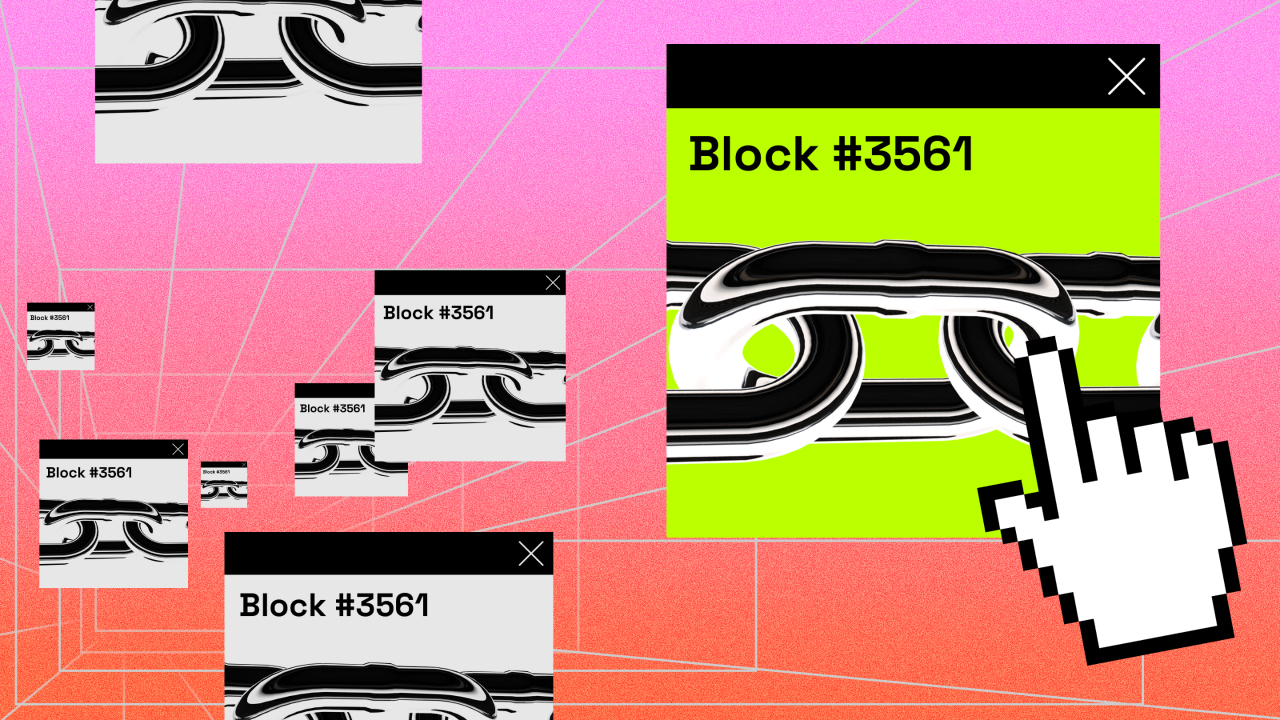Market
Here’s the Full List of Blockchains Supported by Google Cloud

[ad_1]

Google Cloud has recently extended support to 11 additional blockchain networks. Polygon, Optimism, Polkadot, and more were incorporated within its BigQuery program for public datasets.
This initiative roots back to February 2018 when Google Cloud made Bitcoin blockchain data accessible through BigQuery. The saga continued, adding ten more networks like Ethereum, Litecoin, and Dogecoin to the venture.
Google Cloud Supports More Blockchains
BigQuery, described as a “serverless and cost-effective enterprise data warehouse” by Google, is crafted for “practitioners of various coding skills.” It alleviates the hurdles of accessing historical data from an off-chain provider, marking a faster pace than direct blockchain querying.
Despite the ongoing “crypto winter” market sluggishness, this advancement by Google Cloud resonates with its steadfast engagement in blockchain technology.
Read more: Google Moves Deeper Into Blockchain With LayerZero Deal
James Tromans, the global head of Web3 at Google Cloud, affirmed the firm has been investing, hiring, and growing its business and engineering in this industry. Subsequently showcasing a committed stance rather than a fleeting interest.
“We’re doing this because blockchain foundations, Web3 analytics firms, partners, developers, and customers tell us they want a more comprehensive view across the crypto landscape, and to be able to query more chains,” Tromans said.
Among the newly added blockchains are Avalanche, Arbitrum, Cronos, Ethereum (Görli), Fantom (Opera), Near, Optimism, Polkadot, Polygon Mainnet, Polygon Mumbai, and Tron. Notably, it also included the Ordinals project support in the Bitcoin BigQuery dataset, expanding the scope of BigQuery and fortifying its dataset.
Accordingly, the driving force behind this strategic move is the growing demand from blockchain foundations, Web3 analytics firms, developers, and customers for a more “comprehensive view across the crypto landscape.”
“[Users] want to answer complex questions and verify subjective claims such as ‘How many NFTs were minted today across three specific chains?’ ‘How do transaction fees compare across chains?’ and ‘How many active wallets are on the top EVM chains?’ Having a more robust list of chains accessible via BigQuery and new ways to access data will help the Web3 community better answer these questions and others,” Tromans added.
Read more: Why Google’s Generative AI Can Transform Crypto Marketing
Incorporating these in-demand chains into BigQuery transcends a crucial milestone in making on-chain data effortlessly accessible off-chain.
Disclaimer
In adherence to the Trust Project guidelines, BeInCrypto is committed to unbiased, transparent reporting. This news article aims to provide accurate, timely information. However, readers are advised to verify facts independently and consult with a professional before making any decisions based on this content.
[ad_2]
Source link





